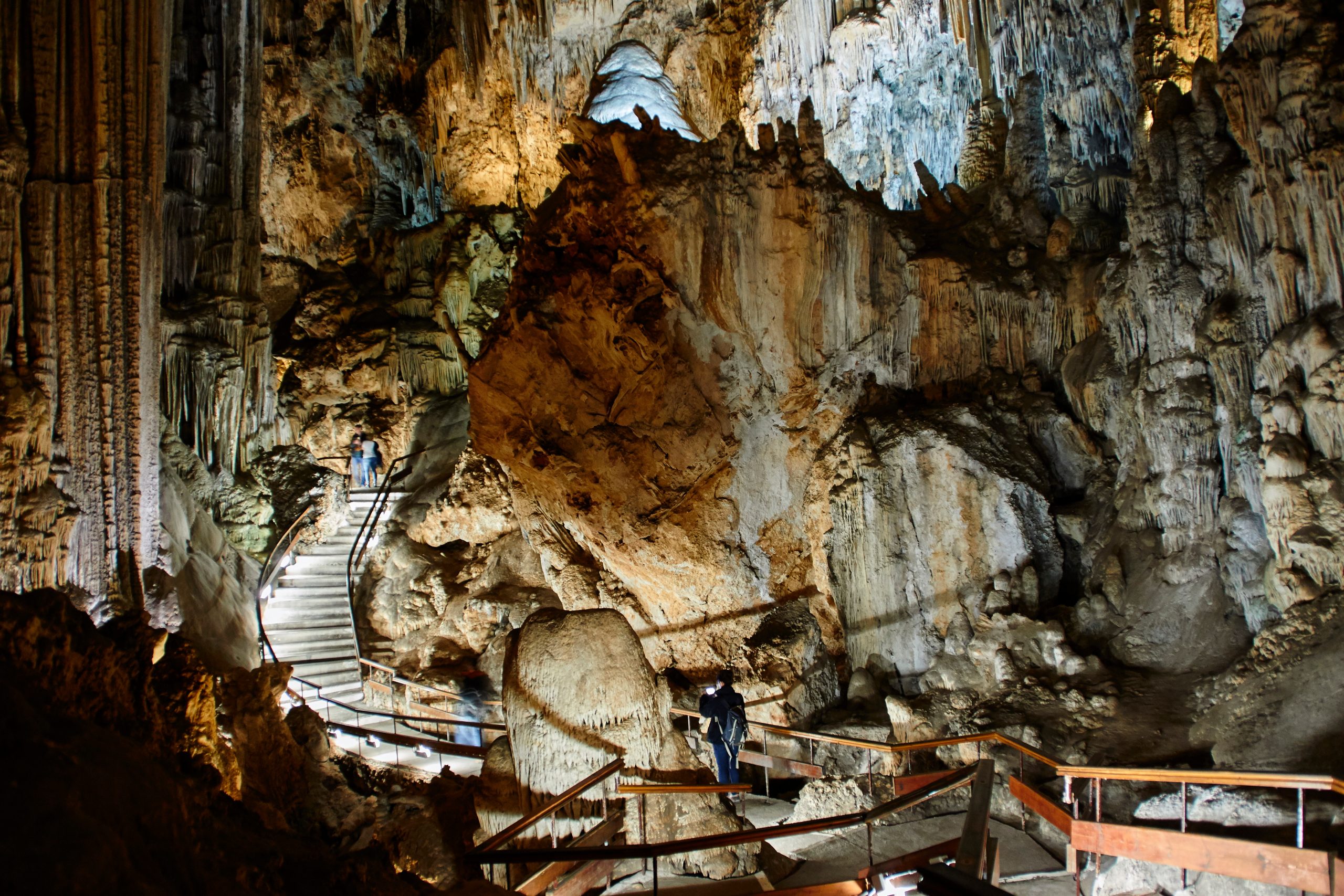HUMANS have been visiting the Nerja Caves for 41,000 years, a new study by a team from the University of Cordoba has revealed.
Throughout its history, and even today, the Nerja Caves continue to stun visitors and researchers from around the world.
In fact, the iconic series of caverns close to the town of Nerja are the European caves with the most confirmed and recurrent visits during Prehistory, with the first visits taking place 10,000 years earlier than previously believed according to a recent study.
An international team of experts, including researchers from the University of Cordoba; Marian Medina, currently at the University of Bordeaux; Eva Rodriguez; and Jose Luis Sachidrian, a Professor of Prehistory and the scientific director of the Cave of Nerja, have managed to demonstrate, through Smoke archeology, that Humanity has been present in Nerja for some 41,000 years.
Additionally, it is Europe’s cave featuring Paleolithic Art in Europe with the highest number of confirmed and recurrent visits to its interior during Prehistory.
The study by UCO , published in ‘Scientific Report of Nature’, documents 35,000 years of visits in 73 different phases, which means that human groups entered the cave every 35 years, according to their calculations.
This detailed level of knowledge is possible thanks to the use of the latest techniques ‘smoke archaeology’ which dates the coals and remains of fossilized soot on the stalagmites of the Nerja Cave.
This new technique has been developed by the main author of the work, Marian Medina, from Cordoba, an honorary researcher at the UCO, who has been reconstructing European prehistory for more than a decade by analyzing the remnants of torches, fires, and smoke in Spanish and French caves.
The study was published in Scientific Reports.
READ MORE:
Greenlight for 3D reality in Spain’s Nerja Caves
Click here to read more Malaga News from The Olive Press.








